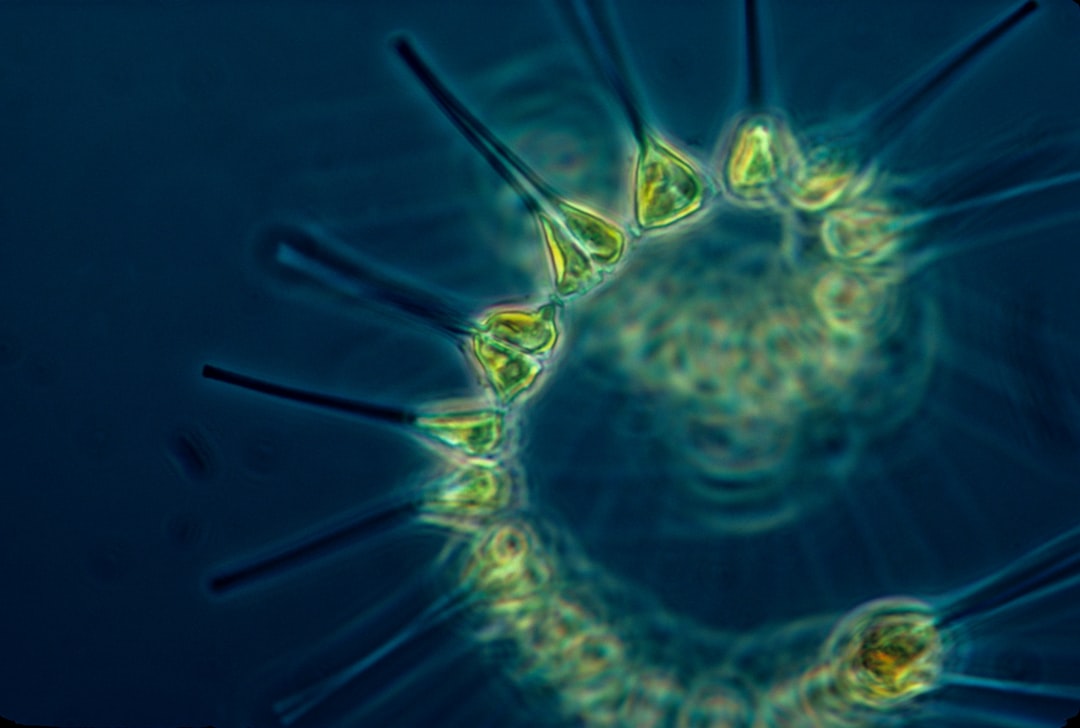What is it about?
Hyper-roots (or higher roots) are an analog, in higher representation theory, of the usual roots that appear in Lie group theory. From the point of view of higher representation theory, all the root systems (all the Dynkin diagrams) are SU(2) hyper-roots. Here we go one step higher and investigate the properties of SU(3) hyper-roots. We study, in particular, the lattices that they determine. The definition that we use for hyper-roots (or higher roots) is the one provided by A. Ocneanu at the Bariloche summer school (January 2000). Each system of hyper-roots (actually a periodic quiver) is characterized by a fusion diagram encoding the action of some SU(3) fusion category on a chosen module-category.
Featured Image
Why is it important?
The concept of hyper-roots (or higher roots) was introduced in 2000 by A. Ocneanu in the Bariloche lectures. However, only their general definition was given there. In 2017 there were still no publications describing their properties. Remember that SU(2) hyper-roots are just the usual roots associated with arbitrary simple or semi-simple Lie groups, and even the simplest cases beyond SU(2) -- namely the systems of SU(3) hyper-roots -- could not be found in the pre-2018 literature. The present publication can then be considered as the first reference on the subject. Some general properties of higher roots, in the framework of higher representation theory, have been presented this year (spring term 2018) by A. Ocneanu in his series of lectures at Harvard University. The present paper recalls the general definition of higher roots, studies the lattices that they generate, and determine their theta functions in the case of SU(3).
Read the Original
This page is a summary of: Theta Functions for Lattices of SU(3) Hyper-Roots, Experimental Mathematics, April 2018, Taylor & Francis,
DOI: 10.1080/10586458.2018.1446062.
You can read the full text:
Contributors
The following have contributed to this page










